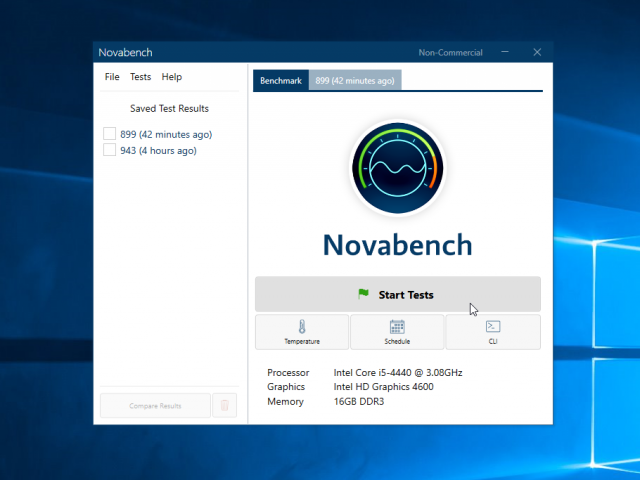

BENCHMARK TOOL FOR MAC PRO
You can jump straight to our conclusion for the final analysis, but if you want to dig deeper to see exactly where and how the M1 does well, read on…Īpple’s MacBook Pro M1 features its spiffy new M1 Arm-based SoC/CPU, a 512GB custom SSD, 16GB of LPDDR4X/4267 memory, a 13.3-inch 2560×1600 screen, and lap weight of 3.1 lbs.įor our PC comparisons, we decided to pick from laptops that are similar in size and weight: Our tests show the M1 MacBook Air 13 performing very well compared to equivalent PC laptops. For two other results, we relied on published results from Puget Systems, a bespoke system builder that manufactures workstations and rolls its own productivity-focused benchmarks. While we don’t have direct access to an MacBook Pro M1, our sister publication, Macworld does, so we cribbed from its glowing review of the 13-inch MacBook Pro M1. Macworld also graciously ran a couple of additional tests for our analysis.
BENCHMARK TOOL FOR MAC WINDOWS 10
But to get a better feel against its contemporaries we sat down and retested a pile of current Windows 10 laptops to get an idea where the M1 MacBook Air 13 lands in the pecking order of laptops. Hyperbole and irrational fanboy flexing aside, Apple’s M1 is indeed a powerful chip. You can expand the sample below which shows an example of all the data we collect.Apple’s new M1 processor took the laptop world by storm, with many proclaiming it had ended the PC’s whole career. Windows, Linux or macOS) to compare how efficient Blender runs on each. For example, we collect the operating system (E.g.
BENCHMARK TOOL FOR MAC SOFTWARE
When running a benchmark, the software will collect some non-identifiable information about your system for analysis. This will output the benchmark result as the launcher would. In order to do so, download and extract the benchmark script, download and extract the scene you are interested in, enter the script directory and run the following command: You can also run the benchmark in a completely offline environment. We believe this is the best way to invite the Blender community to contribute the results of their performance tests, and create a world-class Open Dataset for the entire CG industry. We only use free and open source software (GNU GPL), the testing content is public domain (CC0), and the test results are being shared anonymized as public domain data – free for anyone to download and to process further. We’ve built the Blender Benchmark platform with maximum focus on transparency and privacy. You can however enable a display name to be shown with your results in the Open Data settings. No personally identifiable information is collected or displayed. Once the benchmark is complete you can share your results on Blender Open Data publicly.Īll data is kept anonymous by default.
/article-new/2020/11/mba-single-core.jpg)
The benchmark will also gather non-identifiable data on your system setup.

You can select any number of 7 benchmarks to run on your choice of Blender version and render device (CPU / GPU). You can download the Open Data Benchmark with versions for Windows, Linux and macOS. Blender Open Data is a platform to collect, display and query the results of hardware and software performance tests - provided by the Blender community.


 0 kommentar(er)
0 kommentar(er)
